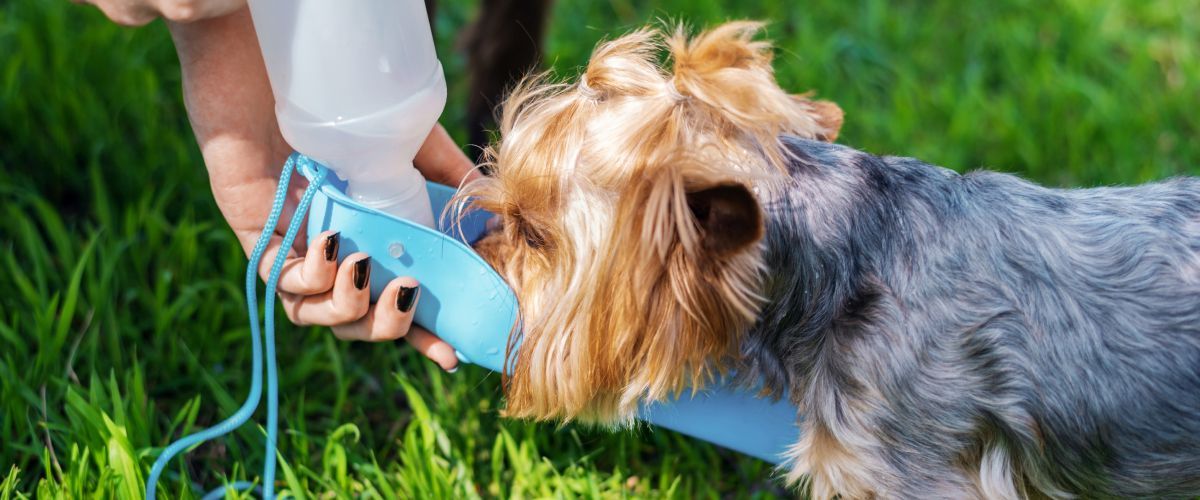Ways to Care for Your Paralyzed Pet
Consult with a Veterinarian
Diagnosis and Treatment Plan: Work with your vet to understand the cause of the paralysis and develop a tailored treatment plan.
Regular Check-ups: Schedule frequent visits to monitor your pet’s condition and adjust care as needed.
Mobility Assistance
Wheelchairs and Carts: These can help pets regain some mobility, allowing them to move around and explore.
Slings and Harnesses: Useful for supporting pets during bathroom breaks or short walks.
Physical Therapy and Rehabilitation
Hydrotherapy: Swimming can be an excellent low-impact exercise that helps maintain muscle tone.
Massage and Stretching: Regular massages and gentle stretching can improve circulation and reduce stiffness.
Managing Bladder and Bowel Functions
Expressing the Bladder: Learn from your vet how to manually express your pet’s bladder to prevent infections.
Dietary Adjustments: High-fiber diets can help regulate bowel movements.
Preventing Pressure Sores
Soft Bedding: Use padded and comfortable bedding to prevent bedsores.
Frequent Position Changes: Rotate your pet’s position every few hours to avoid prolonged pressure on one area.
Skin Care
Hygiene: Keep your pet clean and dry to prevent infections and skin problems.
Regular Inspections: Check for signs of sores, rashes, or infections daily.
Proper Nutrition
Balanced Diet: Ensure your pet is getting a balanced diet to maintain overall health.
Hydration: Keep fresh water available at all times to prevent dehydration.
Mental Stimulation
Toys and Interaction: Engage your pet with toys and regular playtime to keep their mind active.
Socialization: Allow your pet to interact with other animals and people to prevent loneliness and depression.
Safety Precautions
Pet-Proofing: Remove hazards from your home that your pet could struggle with due to reduced mobility.
Supervision: Always supervise your pet when they are active to prevent accidents.
Emotional Support
Patience and Love: Provide your pet with lots of affection and patience.
Support Groups: Consider joining a support group for pet owners with paralyzed animals for shared experiences and advice.
By following these guidelines and maintaining close communication with your veterinarian, you can provide a loving and fulfilling life for your paralyzed pet.
The post Ways to Care for Your Paralyzed Pet appeared first on Angelpaw.







